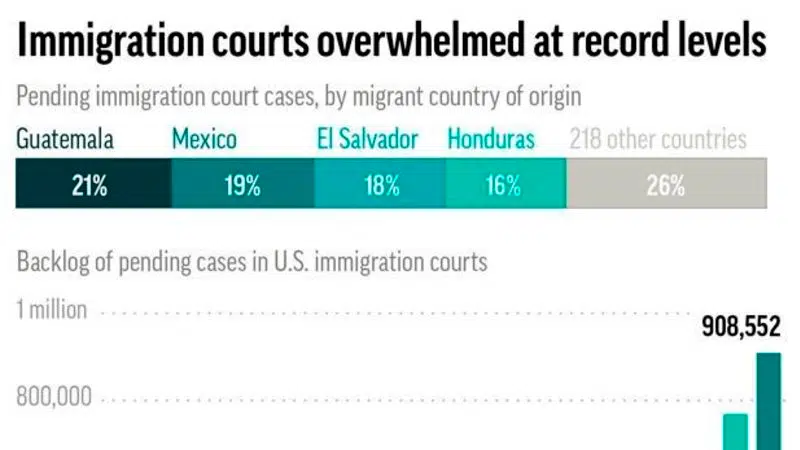
Anxious immigrants wait to learn effect of new asylum policy
Dozens of immigrants lined up Tuesday at a major Mexico border crossing, waiting to learn how the Trump administration’s plans to end most asylum protections would affect their hopes of taking refuge in the United States.
The administration announced the plans a day earlier, reversing decades of U.S. policy in its most forceful attempt yet to slash the number of people seeking asylum in America. The new rule would cover countless would-be refugees, many of them fleeing violence and poverty in Central America. It is certain to face legal challenges.
Derek Mbi of Cameroon was among several dozen migrants who gathered in Tijuana, where he waited to hear how many people, if any, the U.S. would allow in for processing. He arrived in Tijuana about a month ago, and there are more than 8,100 people ahead of him on the waiting list.
Processing new arrivals has ground to a virtual halt to in recent days, down from an average of about 40 names a day.


